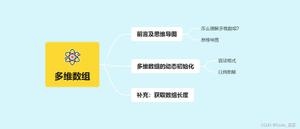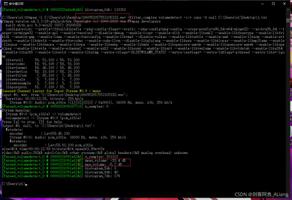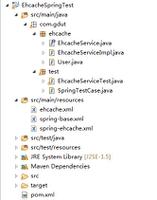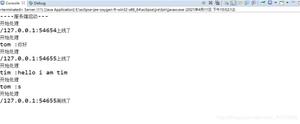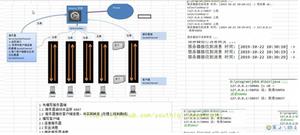Java实现时钟

一、核心的表达式
因为需要动态显示小时的指针、分钟的指针、秒的指针的位置,所以确认三个指针的角度非常重要;
X:三个指针相交的原点的X坐标;
Y:三个指针相交的原点的Y坐标;
HOUR_LENGTH、MINUTE_LENGTH、SECOND_LENGTH表示时针、分针、秒针的长度;
hour、minute、second表示现在是几时、几分、几秒;
hourLine.x2 = X+HOUR_LENGTH*Math.cos(hour*(Math.PI/6)-Math.PI/2);
hourLine.y2 = Y+HOUR_LENGTH*Math.sin(hour*(Math.PI/6)-Math.PI/2);
minLine.x2 = X+MINUTE_LENGTH*Math.cos(minute*(Math.PI/30)-Math.PI/2);
minLine.y2 = Y+MINUTE_LENGTH*Math.sin(minute*(Math.PI/30)-Math.PI/2);
secondLine.x2 = X+SECOND_LENGTH*Math.cos(second*(Math.PI/30)-Math.PI/2);
secondLine.y2 = Y+SECOND_LENGTH*Math.sin(second*(Math.PI/30)-Math.PI/2);
二、怎样动态显示
简单的说就是每一秒更新一次屏幕,因此用Timer和TimerTask非常符合要求;每一秒刷新一次;
三、代码
package org.Demo00;import java.awt.Graphics;
import java.awt.Graphics2D;
import java.awt.geom.Ellipse2D;
import java.awt.geom.Line2D;
import java.util.Calendar;
import java.util.GregorianCalendar;
import java.util.Timer;
import java.util.TimerTask;
import javax.swing.JFrame;
import javax.swing.JPanel;
public class Test5 extends JFrame {
MyPanel clockPanel;
Ellipse2D.Double e;
int x;
int y;
Line2D.Double hourLine;
Line2D.Double minLine;
Line2D.Double secondLine;
GregorianCalendar calendar;
int hour;
int minute;
int second;
public static final int X = 60;
public static final int Y = 60;
public static final int X_BEGIN = 10;
public static final int Y_BEGIN = 10;
public static final int RADIAN = 50;
public Test5() {
setSize(300, 400);
clockPanel = new MyPanel();
add(clockPanel);
Timer t = new Timer();
Task task = new Task();
t.schedule(task, 0, 1000);
}
public static void main(String[] args) {
Test5 t = new Test5();
t.setDefaultCloseOperation(JFrame.EXIT_ON_CLOSE);
t.setVisible(true);
}
class MyPanel extends JPanel {
public MyPanel() {
e = new Ellipse2D.Double(X_BEGIN, Y_BEGIN, 100, 100);
hourLine = new Line2D.Double(X, Y, X, Y);
minLine = new Line2D.Double(X, Y, X, Y);
secondLine = new Line2D.Double(X, Y, X, Y);
}
public void paintComponent(Graphics g) {
super.paintComponent(g);
Graphics2D g2 = (Graphics2D) g;
g2.drawString("12", 55, 25);
g2.drawString("6", 55, 105);
g2.drawString("9", 15, 65);
g2.drawString("3", 100, 65);
g2.draw(e);
g2.draw(hourLine);
g2.draw(minLine);
g2.draw(secondLine);
}
}
class Task extends TimerTask {
public void run() {
calendar = new GregorianCalendar();
hour = calendar.get(Calendar.HOUR);
minute = calendar.get(Calendar.MINUTE);
second = calendar.get(Calendar.SECOND);
hourLine.x2 = X + 40 * Math.cos(hour * (Math.PI / 6) - Math.PI / 2);
hourLine.y2 = Y + 40 * Math.sin(hour * (Math.PI / 6) - Math.PI / 2);
minLine.x2 = X + 45
* Math.cos(minute * (Math.PI / 30) - Math.PI / 2);
minLine.y2 = Y + 45
* Math.sin(minute * (Math.PI / 30) - Math.PI / 2);
secondLine.x2 = X + 50
* Math.cos(second * (Math.PI / 30) - Math.PI / 2);
secondLine.y2 = Y + 50
* Math.sin(second * (Math.PI / 30) - Math.PI / 2);
repaint();
}
}
}
以上是 Java实现时钟 的全部内容, 来源链接: utcz.com/z/394328.html



